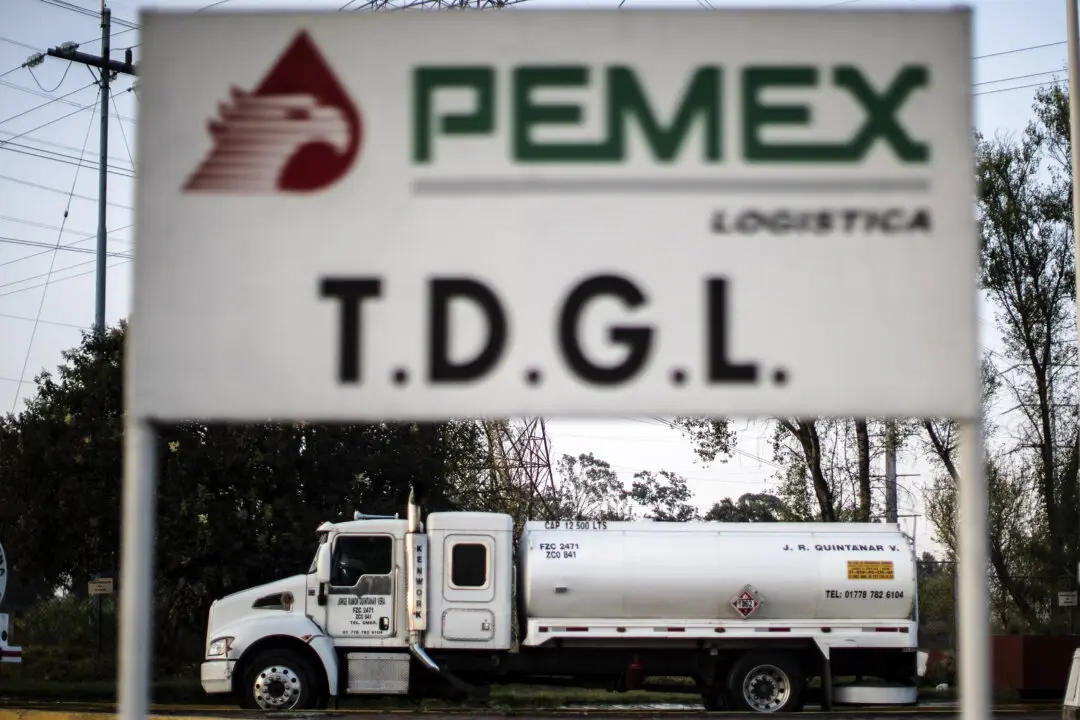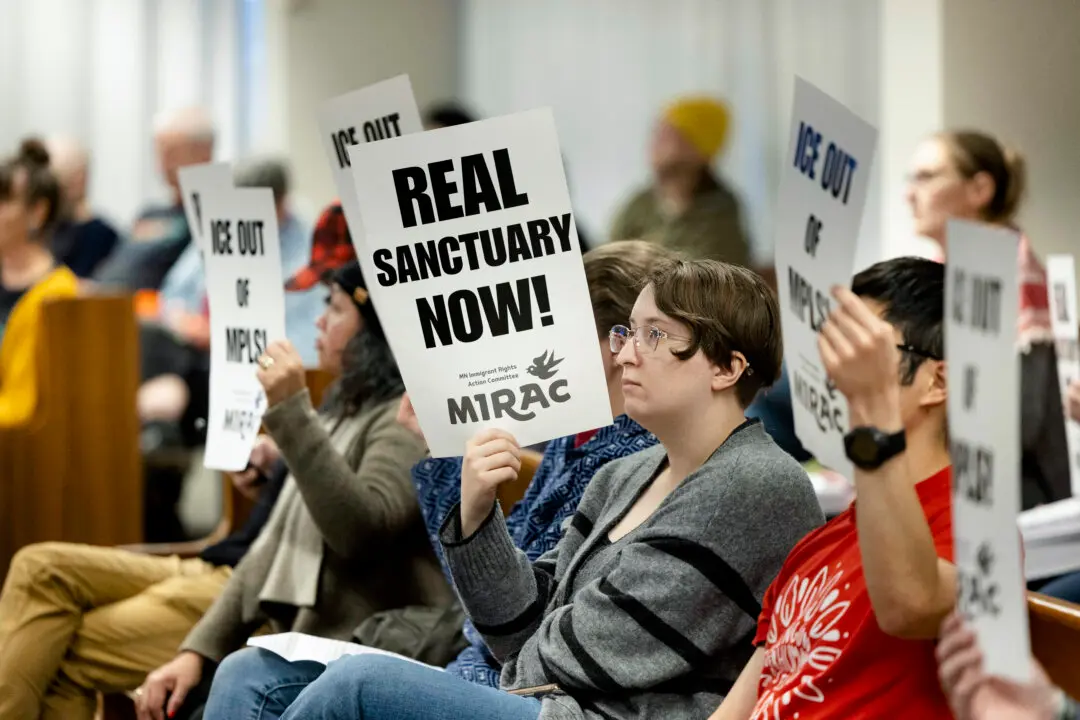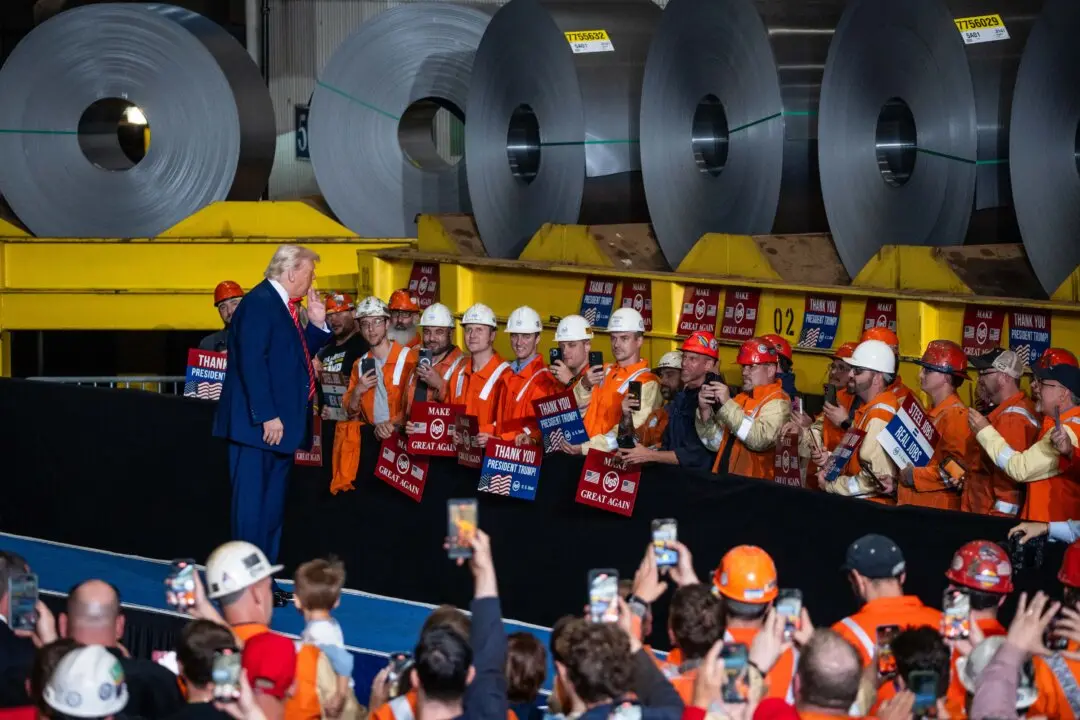Expectations regarding salaries among American workers hit a record high in November, with younger people expecting the most, according to a Fed survey.
“The average reservation wage—the lowest wage respondents would be willing to accept for a new job—increased from $72,873 in July to $73,667 in November, the highest reading of the series. The increase was most pronounced for respondents below age 45,” the latest Survey of Consumer Expectations by the Federal Reserve Bank of New York stated.





